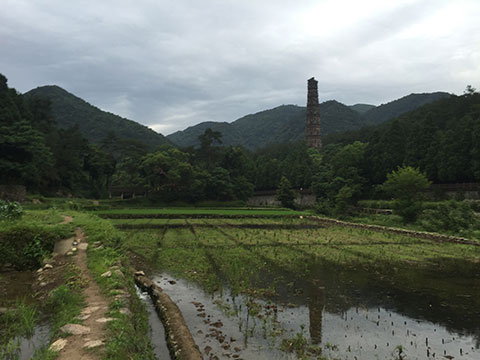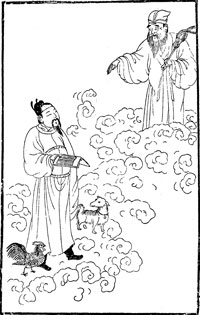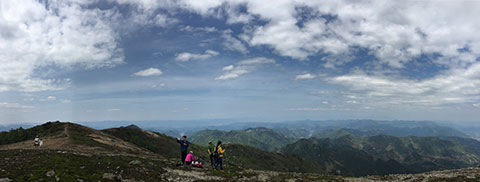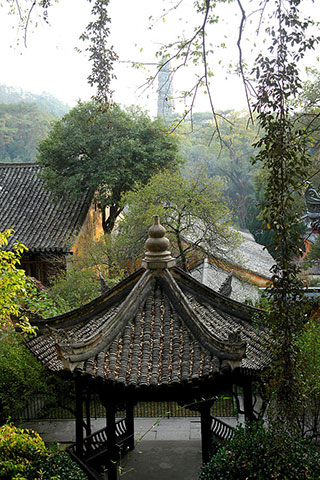I Ching, Yijing or Zhou Yi
"Oracle of the moon": © 2000 LiSe
 Yi Jing, Oracle of the Moon
Yi Jing, Oracle of the Moon


Master Liú 劉郎
Verse 342
Gathering medicinal herbs in Tiāntāi, I was lost at a turn of the road
Peach blossoms and flowing water compose a beautiful moment
In the spring breeze many singing birds make you think of love
Pass on the message that Master Liú will not return for the time being
Liú Ān was an advisor to his nephew, Emperor Wu of Han (武帝). He is best known for editing the (139 BC) Huainanzi compendium of Daoist, Confucianist, Buddhist and Legalist teachings. Early texts represent Liu An in three ways: the "author-editor of a respected philosophical symposium", the "bumbling rebel who took his life to avoid arrest", and the successful Daoist adept who transformed into a xian and "rose into the air to escape prosecution for trumped-up charges of treason and flew to eternal life".
Probably the poem refers to Liú Ān for his reputation of being a "bumbling rebel", but also to his Daoist views.
The Huainanzi or "[The Writings of] the Masters South of the Huai" is an ancient Chinese text that consists of a collection of essays that resulted from a series of scholarly debates held at the court of Liu An, King of Huainan, sometime before 139 BC. The Huainanzi blends Daoist, Confucianist, Buddhist and Legalist concepts, including theories such as Yin-Yang and the Five Phases
The Huainanzi's essays are all connected to one primary goal: attempting to define the necessary conditions for perfect socio-political order. It concludes that perfect societal order derives mainly from a perfect ruler, and the essays are compiled in such a way as to serve as a handbook for an enlightened sovereign and his court.
The Guoqing Temple (in the background) on Tiantai Mountain, originally built in 598 during the Sui dynasty and renovated during the reign of the Qing Yongzheng Emperor (r. 1722–35).

A view of Mount Tiantai and the Guoqing Temple Ancient Tower


